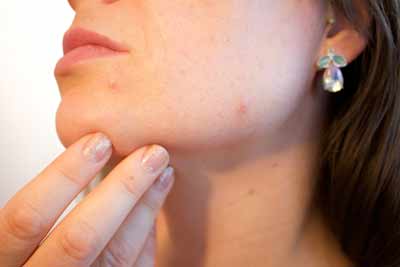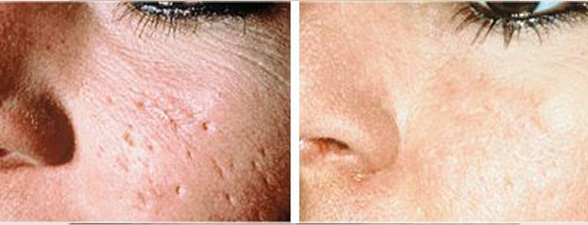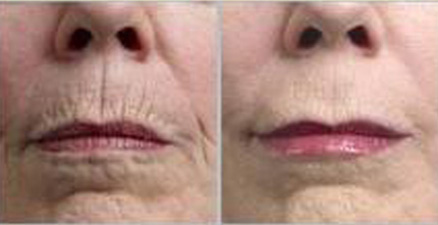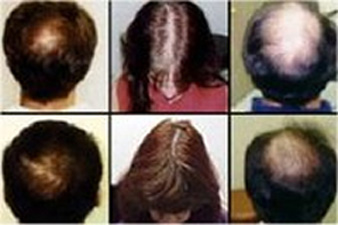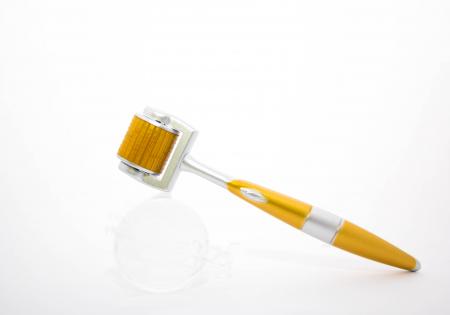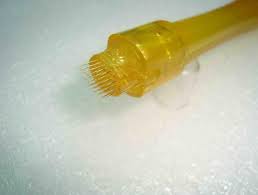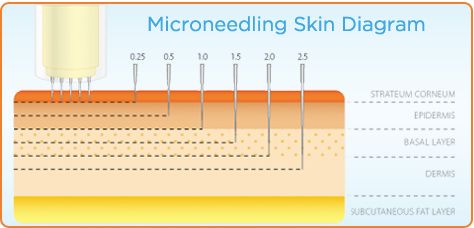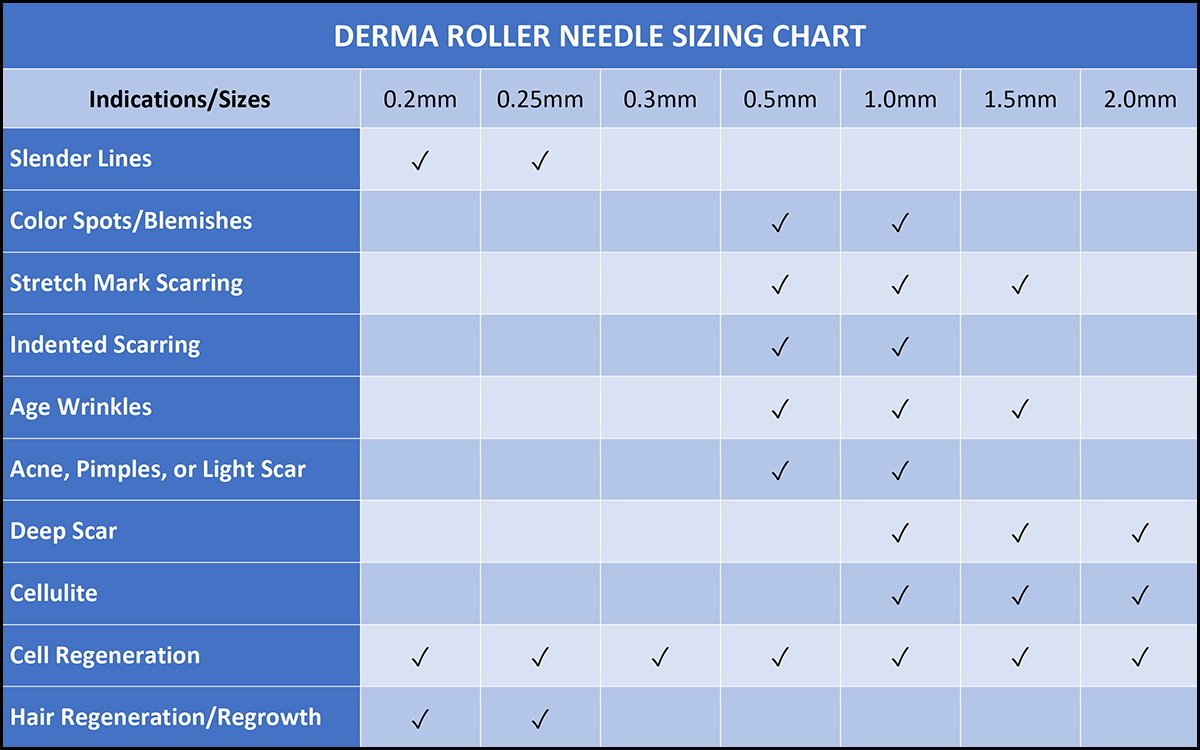Product Guide for Treating Scars and Other Skin Conditions with Derma Rollers
Covering us literally from head to toe, our skin—comprising the epidermis, basement membrane, and dermis—is the largest organ of the human body. Because it lies on the surface of the body, it is also the most vulnerable. Like a fine piece of seamless silk, over time it inevitably shows the wear, tear, and damage that comes from everyday use—or what we would call “scars.” Unfortunately, from the day we are born the skin begins to accumulate scars (remember, the belly button is our very first scar!), not to mention discoloration, blemishes, and other visible signs of the skin’s compromised integrity.
For thousands of years the medical profession and cosmetic industry have sought to maintain and even restore the skin’s youthfulness and integrity in various ways. For example, in ancient Egypt a cream formulated from frankincense gum and moringa tree sap was used to stave off wrinkles; while burns and scars were commonly treated with a poultice made from kohl, red ochre, and sycamore juice.
In the modern era, the arsenal of accepted treatments for managing problem scars has grown to include:
- scar-removal ointments and creams
- steroid injections
- dermabrasion
- chemical peels
- laser resurfacing
- intralesional cryotherapy (or “freezing”)
- surgery
- silicone gel sheeting

This terracotta plaque (ca. 450 B.C.) depicts the scene in Homer’s Odyssey where Odysseus, returned in secret to Ithaca, has his feet washed by his aged nurse, Eurykleia, who recognizes him by his scar.
Among these, microneedling with derma rollers is one of the newest and most promising treatments for certain scar types. Among its many advantages, it is a relatively inexpensive, minimally invasive, and FDA-approved procedure that can be performed at home, with results similar to those provided by more costly laser treatments, chemical peels, and dermabrasion—but at a fraction of the cost. In addition, it has been shown to be effective in:
- minimizing the appearance of acne scars (pitted, raised, and ice pick type)
- lessening dimpling of the skin
- restoring skin color and texture of aged skin
- removing loose skin, lines, and wrinkles on the face
- reducing the appearance of stretch marks
- improving blood supply to remove cellulite
- slowing the progress of thinning hair, graying hair, and hair loss/alopecia
The process can take several weeks or even months, but with a regular treatment regimen most users should see significant improvements in the scar’s appearance in a short time. This guide is intended as a vital information resource for our customers on the use and benefits of microneedling at home with Rejuveness derma rollers and related products.
Microneedling Explained
While “microneedling” is the best-known term for this procedure, it also goes by several other names: collagen induction therapy (CIT), percutaneous collagen induction (PCI), micro-needle therapy, micro-penning, skin needling, mesorolling, skin rolling, and derma rolling. Whatever the terminology used, however, the therapeutic principle underlying the procedure for treating scars remains the same.
By piercing the scar repeatedly without fully traumatizing the underlying and surrounding tissue, microneedling stimulates the formation of new blood vessels (“neovascularization”) and spurs the release of beneficial growth factors in the skin beneath the scar tissue. This mild trauma creates a slight inflammatory response, leading to the migration of new capillaries and fibroblasts into old scar tissue. Subsequently, synthesized collagen fibers integrate into the skin matrix, causing sunken scars to rise to skin level and raised scars to be lowered.
The needles, in essence, cause controlled “wounds” in the skin: that is, they create hundreds or even thousands of microchannels, through which can pass a proliferation of collagen fibroblasts and other growth factors. Research has found that skin treated with four microneedling sessions, one month apart, could lead to a 400% increase in collagen!
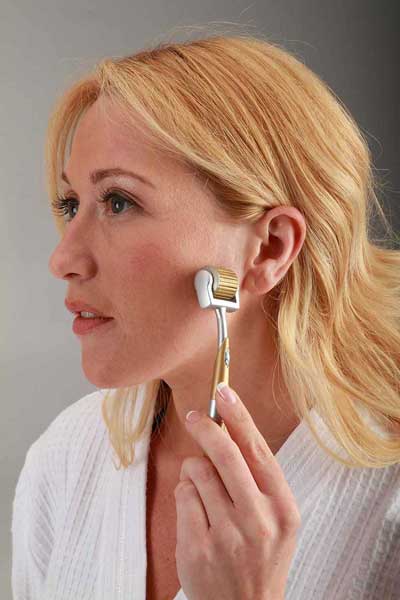
Derma Rollers
As the name implies, a derma roller is a small hand-held device equipped with a handle attached to a rolling cylinder studded with many dozens of extremely fine titanium alloy needles, spaced closely together and ranging in length from 0.5 mm to 2 mm. After applying a topical anesthetic cream and antiseptic alcohol to the scar site, the user rolls the instrument in different directions across the scar tissue. Applying the roller over an area of skin 15 times results in about 250 shallow holes per square cm, yet does so without significantly damaging the epidermis.
Derma Stamp
Like the derma roller, a derma stamp is studded with fine metal needles. The only difference is that it is pressed against the skin rather than rolled across it. Derma stamps are more appropriate in scar revision applications where a smaller area of skin is to be addressed.
When used in combination with Rejuveness silicone sheeting and Hyper-Heal Cream, the improvement levels in scar appearance with microneedling can be dramatic. For instance, in one clinical study with acne scar patients, certain types of scarring decreased by nearly half with only three treatments at four-month intervals!


